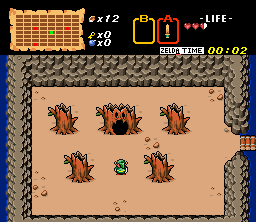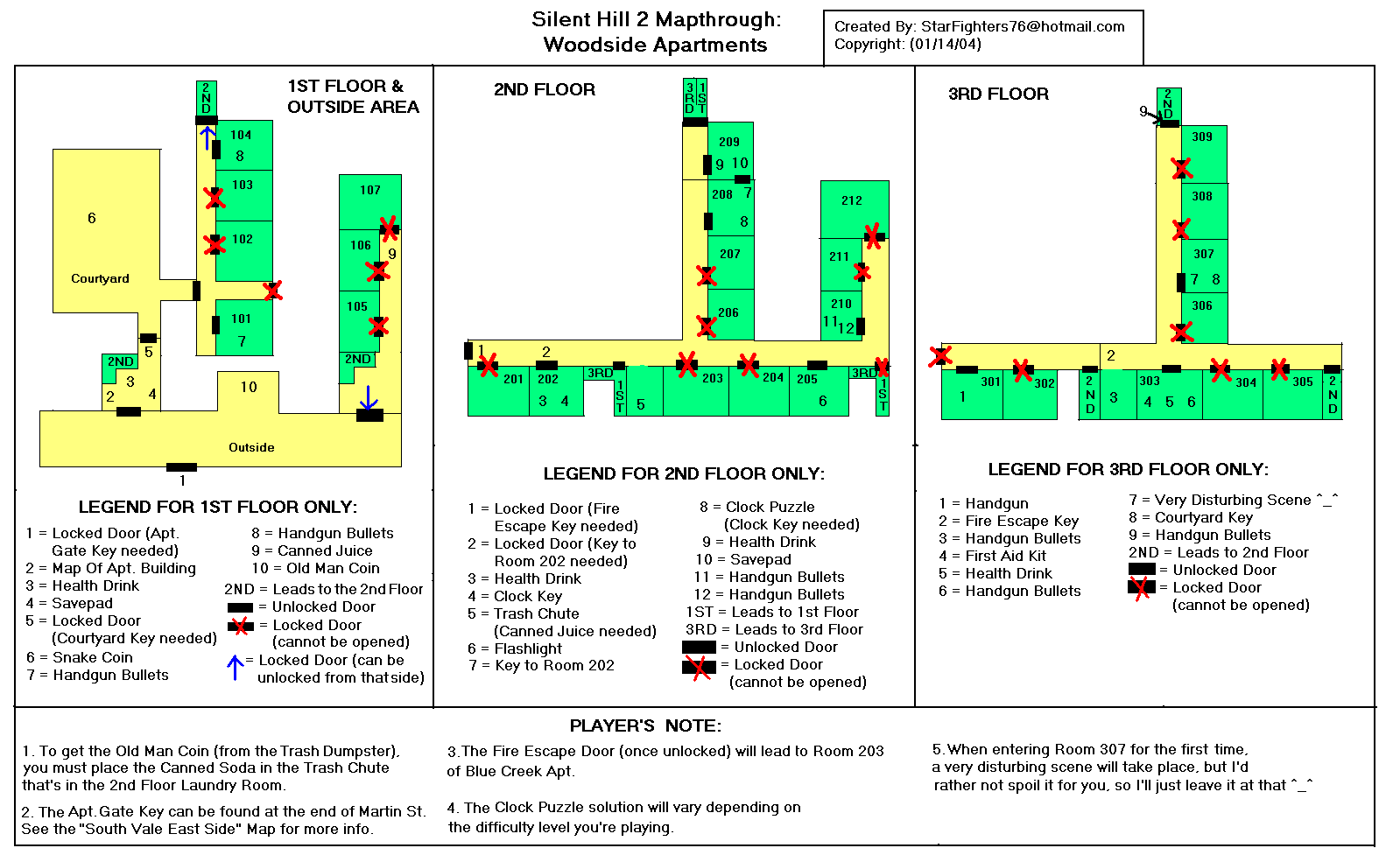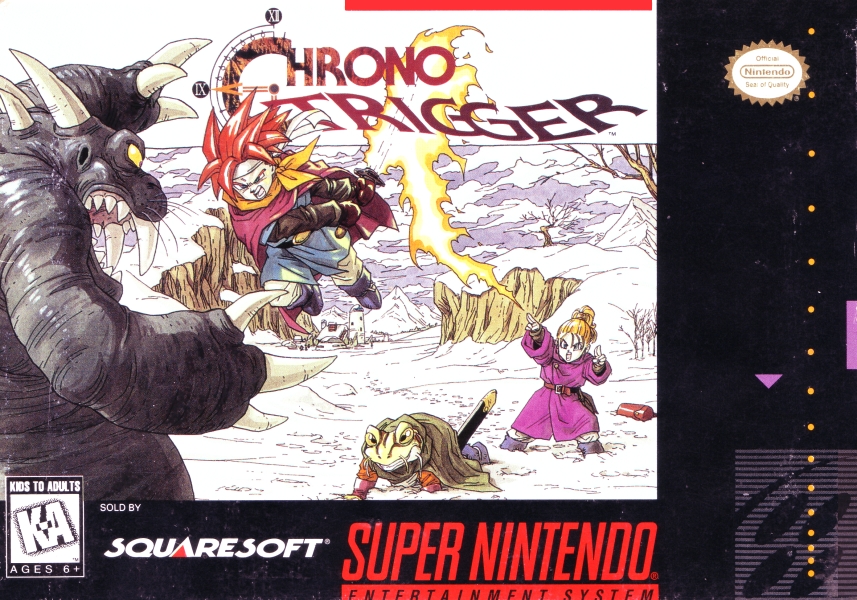In the world of video games, there is one rule above all
others in defining an experience.
Interactivity. If a game is not
interactive, then it is not truly a game, but rather a film, a television
program, a piece of music, or what have you.
Interactivity defines video games in the world of media as something
unique. However, how enjoyable a game is
often comes down to how easy it is for a person to play it.
 |
| Simple and easy to figure out. |
Good games
have a fairly predictable formula. Easy
to learn, hard to master, addictive once started. Nothing breaks this formula quite like poor
control schemes. When a game does not do
as it’s told, there is a jarring disconnect between player and game. This, for many, kills a video game’s fun
factor and many will leave it by the wayside because of this. Thusly, I have a question for modern game
companies. Why do you insist on making
ridiculously unintuitive control schemes…and not allow us to change them to
suit our tastes?
 |
| Control schemes don't get much more unruly than the one for this mech game. |
Alternate control schemes are
the most basic form of customization and can add a personal touch to any video
game. But they do so much more than
that. They can make games accessible to
a wider variety of people. For example,
if someone’s index finger was crushed in an accident, they might not be able to
use it to play a game. If they were
accustomed to using it for the trigger on a Playstation or Xbox controller
before the accident, they would have to use another finger, like their ring
finger or their index finger, which would be clumsy and unaccustomed to the
controls. In a shooter, where a moment’s
slip-up could mean death, this can ruin a game for someone like that,
especially if that control is related to the guns. Say it could be altered, though. So that the trigger activated the pause menu
and another easier to reach control activated the guns. If that happened, the crushed finger would
not be as much of an issue and the game would be more intuitive for that person. Would they not then keep playing and possibly
pick up a sequel to that game when it was released? While this example might seem like a long
shot, there are people everyday who cannot or simply do not wish to use the
control schemes the developer used. And
they leave a game behind specifically because of that.
 |
| Most games require two hands to play, so what happens to those too old, crippled, or injured to play? This is where alternate control schemes can shine. |
This cuts
at the two biggest reasons for including alternative control schemes. Comfort and accessibility. With a crushed finger, one could still play a
game, more often than not. But would it
be comfortable? Would it be
enjoyable? Would it be fun? Probably not.
And if something is more trouble than it is worth, why would anyone do
it? At the same time, a player needs to
be able to choose which actions in a game have priority over others. For example, in Rogue Galaxy, all characters
have close combat weapons, like swords or axes, and long range weapons, like
guns and bows. Being able to choose
which of these weapons is more useful, and by extension which buttons use them,
is key to creating an experience unique to the player. It defines their whole play style. So, it is important that players can access
the game’s functions to its fullest. It
needs to be both comfortable enough to play and accessible enough that the
player can gain enough skill with it to win.
 |
| Battle axe or minigun. Which is more your style? |
At its
core, a control scheme needs to minimize the interference between player and
game, so that the player feels immersed in the experience. Nothing is as responsive as a controller,
because they are wired directly to the game and almost directly wired into the
hand. A player sees something, hits a
button, and is rewarded instantaneously with a proper action. Alternate control schemes are an extension of
this principal. Everyone plays games
differently. Some people have large
hands, broken fingers, weak thumbs, or what have you and cannot play the game
as the developer intended. Their
reaction speed is crippled due to circumstance.
However, with an alternate control scheme, they can define for
themselves how best to interface with the game.
 |
| The less interference between player and game, the better. |
Given how
useful alternative control schemes can be for comfort and accessibility, why
then do developers not offer more options to customize controls within their
games? Well, a simple answer is
gimmick. Some games have interchangeable
controls that can be tweaked without hurting the experience. Fighting games, for example, often let
players map different attacks to different buttons. Where if the developer programmed a button to
kick, it could be changed to punch or grab to match the player’s style. However, imagine a game system that is a bit
more experimental or gimmicky. For
example, a game that uses the Nintendo Wii’s motion sensor will almost never
transfer well to a basic control scheme mapped to a controller. Dragon Quest Swords on the Wii relies on
players slashing across the screen horizontally, vertically, diagonally,
holding the sword up to the sky, holding it down to the ground, and holding up
a shield to block attacks. These kinds
of controls cannot be altered anymore than someone can treat a sword like a
bow. It is in the nature of the
system. This is not merely limited to
motion controlled games, however. Some
games require specific button sequences for events to play out, such as quick
time events, and to alter all those buttons would make the game more confusing
when the time to input the sequence rolled around. It would end up being even more frustrating
than having to implement an alternative control scheme.
 |
| With a game like this, alternate control schemes aren't really possible. |
When the
gimmick is valued more than the game design, developers may even opt to not
include an alternate control scheme to simply push the platform. A number of Nintendo DS games require the
stylus to work. However, a large number
of games don’t. Yet, some of these
games, which were clearly designed without the use of a stylus in mind, force
players to use the stylus based controls with no options to change them. Magical Starsign is one of the most egregious
offenders in this department. It is a
typical turn based RPG, which could very well have come out on the SNES or
Playstation, however it is entirely controlled through the stylus. Even though the controls would probably be
more fluid with the d-pad, the gimmick is more important than
functionality. Wii games also suffer
from this. While Metroid Prime 3 is an
outstanding game and really makes use of the Wii-mote to its fullest, the
option to have a more standard control scheme is suspiciously absent. It’s not as though it didn’t exist, as the
previous two games had been on the gamecube with a regular controller. It was purposefully held out to push the
system.
Gimmicks
are not the only reason for not including alternate control schemes. Just the most common one. Complexity is another good excuse. Many games have controls or actions that are
so complex that to alter the buttons would break the game design. In Okami, players hit a trigger button to
freeze the game and bring up a paint brush.
Then, they use a face button and the control stick to paint on the
screen. To alter this entire sequence,
which is used as often as ten times a minute in the game, would require the
entire flow of the game to be altered.
It is a three layered sequence of events that requires enough input that
it cannot be altered, in good conscience, without breaking the game. This is a very common reason for a lack of
alternative control schemes. A game like
Metal Gear Solid 4, which requires a player to get into a stance, line up their
shot with a control stick, then fire with a trigger button, would be a
nightmare trying to program alternate control schemes. And it would ruin the game’s design.
 |
| With actions that are complex or require specific commands, alternate controls would needlessly complicate the game. |
One of the
more frustrating reasons for not including an alternate control scheme is the
amount of contents in a game. Many
developers want to pack a ton of extra features into games, from side quests to
minigames. While a ton of content is
usually very well received and helps a game in the long run, it leads to one
phrase dominating design meetings. “If
we change the controls, we won’t be able to do everything we want to do.” This might sound a bit selfish, but actually
it is entirely reasonable. Games like
Jak and Daxter, Ratchet and Clank, and Sly Cooper, offer some customization of
controls for the basic game. However,
complete customization would mean they would have to go into each and every one
of their minigames, such as defending a beach with a turret, hacking a computer
by playing pac-man, or running through a 2-d side scroller side mission, and
change the controls each time. Mini
games would hurt arguably the most from this sort of implementation, but it
would also rob games of their immersion.
Taking them out is not really an option either, since without the extra
content the games would lose some of their variety. Many designers can only choose one of the
two, and in a pinch, they will choose content over customization of controls.
 |
| One minigame that lasts roughly a minute. Imagine how difficult it would be to rebind controls for like a dozen of these in a 20 hour game. |
That brings
us to the most frequently used reason for a lack of alternative control
schemes. Negligence. Many game designers are either too strapped for
time or simply do not think of them. The
games industry is a cutthroat business and developers who do not meet
milestones are soon dead and buried. The
luxury of time to implement all the features that they may plan is not
something most developers have. They
need to ship their product and recoup their money, because every month they
have to sit on their game is tens if not hundreds of thousands of dollars
lost. So, the first feature to go is
usually alternate control schemes. If
it’s thought of at all. Many developers
truly believe they’ve found the best control scheme for their game and don’t
wish it changed or don’t believe it needs to be changed. It is unfortunate that developers don’t take
the minimal time needed to simply offer the option to rebind buttons and allow
the controls to be rebound with them.
This is done frequently in quality assurance testing for developers, so
simply giving gamers that option would be more than they’re used to. However, when you’re in the crunch, you
either don’t think of or don’t have time to implement such luxuries.
All the
same, despite the myriad reasons why developers do not embrace alternate
control schemes more readily, even though they should, I remain hopeful. Because, with indie gaming now in full swing,
developers are more able to be flexible with their game design, including
options for alternate controls, the ability to rebind keys, or supporting third
party control systems. The perfect
example of this is the USB gamepad.
Logitech frequently releases USB gamepads that function just like a
Playstation or Xbox controller, but which have drivers that enable it to have
buttons bound to it in a certain way.
Games like Orcs Must Die, To the Moon, Wizorb, and PC ports of games
like Silent Hill Homecoming or the Overlord games all include options for a
gamepad as well as a keyboard and mouse.
And with the Logitech software, these gamepads are programmable to a
degree. Other games are realizing the
importance of control and simply allow their entire command set to be rebound,
like with Smite, which can have any control bound to any key on a keyboard, any
button on a controller, or a combination of the two.
 |
| I have seen the future and it is usb controllers. |
Alternative
control schemes are not dead and, thanks to modern technology, especially from
modders making their own changes to games they love, they are starting to
become more prevalent. In this way, PC
gaming is often more accurately described as superior to console gaming on
sheer virtue of versatility. If console
developers wish to continue to be competitive, they need to make a product that
is more accessible and more comfortable than, or at least on par with, their
competitors in the PC market.
Unfortunately, with time, manpower, and costs for developing AAA games
increasing, alternate control schemes may not be something the industry will
readily embrace.
 |
| Rebindable controls like this make games so much more personal and enjoyable. |
As
technology increases and functionality starts winning out over shipping a game
by a certain date, I believe that alternative control schemes will become more
prevalent. And, as a result, I think
that more people will find time for gaming, because they will be comfortable
enough with the controls that they can enjoy the experience. The future is not in fixed controls. It’s in flexibility. When there is a game built for two hands, but
that allows a one armed man to play it with no handicaps, alternative control
schemes will have really won the day.
And people will finally appreciate their USB controllers, the option
menus in their favorite games, and the versatility of motion controls. Until that day comes, keep on trying to find
the control system that works for you.
And don’t let any developer tell you that what’s comfortable for you is the
wrong way to play.




























